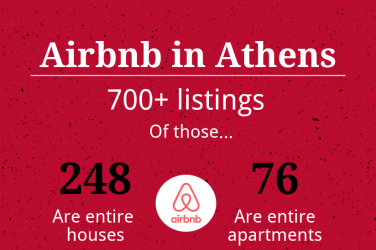Gender binaries can be everywhere—from gender reveal parties to what people decide to wear in the morning. So it’s not shocking that stereotypical ideas of cis men and women tend to bleed into our relationships with our furry friends.
How does our reliance on gender norms affect how we dress our pets, what we consider makes a dog a good “fit,” or even how we classify their behavior?
Gender and Pet Clothing
According to a study by The Society for the Study of Symbolic Interaction conducted in Northeast Georgia, “owners often remarked that they used their dogs as displays or props to confirm their own gender identities,” said Michael Ramirez, a UGA graduate degree alum. Ramirez has expertise in areas including: race, class & gender and is the author of the study.
In many pet boutiques like east Atlanta’s Inman Park Pet Works, the stereotypical “blue means boy” and “pink means girl” gender norm is evident. The party section is rampant with the gender color binary, from the party hats to colored icing on the cookies.

As the gender lines blur for humans, is it important to question how deeply rooted these binaries can be within all aspects of life.
Frenchie owner Brooke Stocco has had her dog for years. Stocco admitted to purposely dressing her dog Lola in pink to minimize people confusing her for a boy. As time passed, Stocco moved on from dressing her in mostly pink to other things she values.
Traces of gender norms are evident in other aspects of Stocco’s and Lola’s relationship outside of just clothing. Lola happens to be an emotional support dog. Though not consciously, Stocco recognizes that Lola being a female dog has helped with their connection and has conditioned Stocco to view Lola’s emotional supportive actions as more nurturing. Stocco mentioned how if the same actions from Lola were coming from a male dog, she may view it differently.
Gender and Dog Behavior
Lola is even aware of the difference in cis men and women gender norms, according to Stocco. She mentioned how Lola is more uneasy around the stereotypical man and generally more “taller” or “masculine” figures.

Interpreting dog behaviors can sometimes be through a gendered lens as we interpret human behavior in similar manners, according to Ramirez.
The SSSI study supported this notion as it states how generally most of the women described their dogs in more feminine ways. In fact, according to the study, 8 of 16 women described their dogs as specifically nurturing or needing to be nurtured—just as Stocco did.
The study suggests that “women’s accounts of what they value in their relationships with their dogs may also be linked to their traditional responsibilities as nurturers,” said Ramirez.
Stocco’s roommate Colleen Hein noted the differences in how she classifies her female dog’s behavior versus her male dog Ringo’s (present in the video).
Hein’s family has a lot of experience with training dogs, breeding them and using them for sport, like hunting birds. Hein recalls her dad choosing a male dog specifically “because they’re a little easier to maintain, if that makes any sense,” said Hein. “Female dogs have like, you know, lots of complicated menstrual cycles.”
Hein made sure to point out there are many successful female dogs in the same sport; however, that did influence her father’s decision. Hein notes that training, neutering and instilling respect are far more instrumental in how a dog behaves rather than their sex.
Gender and Pet Adoption
Society can place a lot of weight on the temperament of dogs based on their sex, with the ramifications of these ideals resulting in people giving up on their dogs or whether they adopt them or not. According to an article on Phys Org, this can, in turn, contribute to euthanasia rates.

Take Boomer, for example. Living in a shelter can create stressful situations for dogs and can trigger behavior that may be interpreted incorrectly by adopters, according to Athens Humane Society Kennel Specialist Mary Rhodes.
Once Boomer was moved to an area that was more comfortable for him, he was adopted.
In reality, according to Athens Humane Society director, Jed Kaylor, many factors can influence a dog’s temperament including proper socialization, past history or traumas, whether the dog is spayed or neutered and a dog’s general personality. A non-neutered male dog can be up to three times more “aggressive,” according to Kaylor.
Despite the facts, Kaylor recalls hearing from adopters “it’s usually not ‘how big will it get’ or you know, ‘what’s she like with kids,’” said Kaylor. “‘Is it a boy or a girl’ is what they wanna know first for sure.”
Regardless of gender, breed, neutered or sprayed, allegiance to gender norms can affect relationships with pets. A dog’s unique, individual personality should always be considered, according to Kaylor.
Hawa Camara is a senior majoring in journalism at Grady College of Journalism and Mass Communication with a certificate in entrepreneurship from the Terry College of Business, both at the University of Georgia.











Show Comments (0)